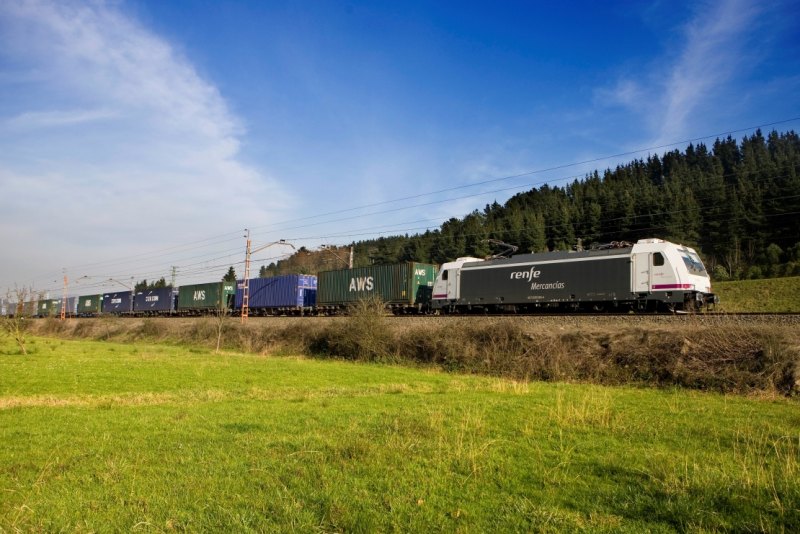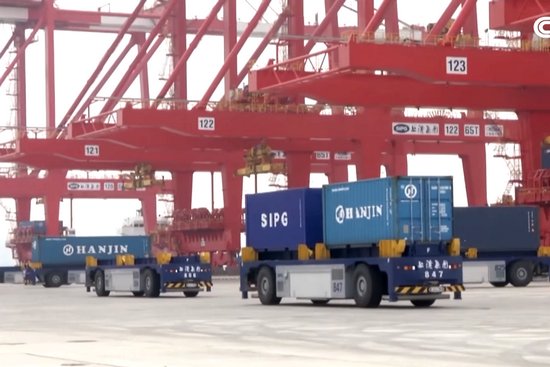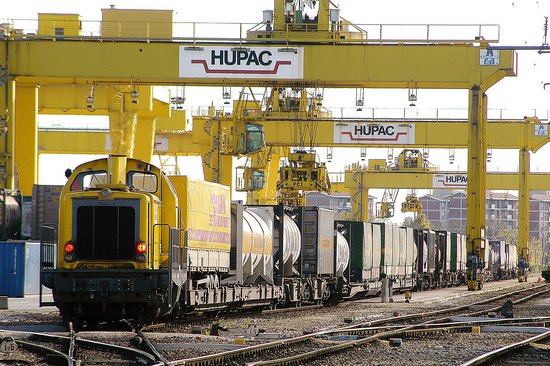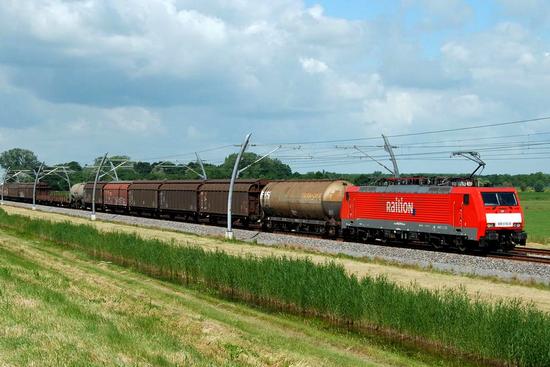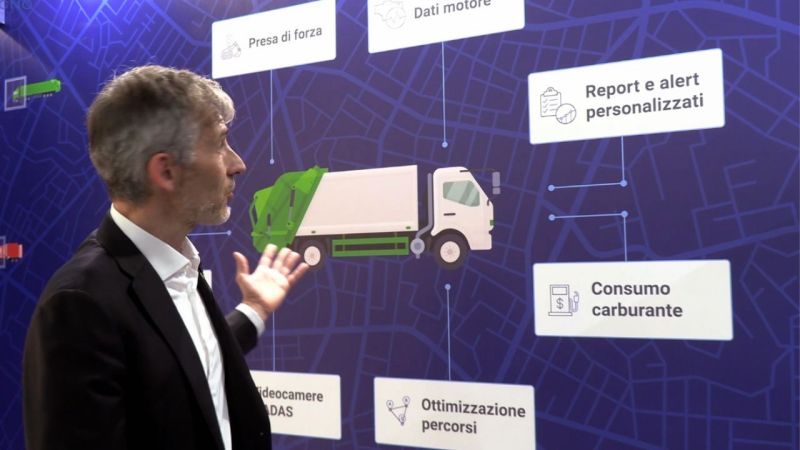The research company Upply has published a report on the Italian freight transport system, analyzing road, port, rail, and air transport modes, focusing on strengths, weaknesses, and the actions required to turn challenges into competitive advantages. The study concludes that Italy is at a critical transition phase. While road and rail infrastructure urgently need modernization and investment, the port and air transport sectors continue to show growth potential if adequately supported by targeted policies and interventions.
Italian road freight transport remains relatively dynamic, with a volume exceeding one billion tons in 2022, marking a 6.1% growth compared to the previous year. However, infrastructure deficiencies are a significant obstacle. The highway network—comprising over 7,000 kilometers of motorways and 26,000 kilometers of national roads—was largely built between the 1960s and 1980s and now requires urgent interventions to ensure safety and sustainability.
Another major challenge concerns the shortage of drivers, with around 26,000 vacancies and difficulties attracting young people to the profession. Although the government is offering incentives to cover part of the training costs, the sector still suffers from a lack of new recruits. Further complicating the situation is the aging vehicle fleet, with an average age of 19.1 years compared to the European average of 13.9 years, which reduces efficiency and worsens environmental impact.
The Italian port system is a crucial pillar for foreign trade and connectivity with the Mediterranean. The ports of Gioia Tauro, Genoa, and Trieste stand out as key hubs for container traffic and links to Central Europe. In 2023, the main Italian ports handled a total of 11.03 million TEU, double the volume of French ports, reaffirming Italy's crucial role in the European maritime landscape.
Gioia Tauro, in particular, is one of the largest container hubs in the Mediterranean, thanks also to the strong presence of MSC. Trieste serves as a gateway for Austria and Hungary, reinforcing its role as a link between the Mediterranean and Central Europe. Despite competition from other European ports, Italy continues to attract major international operators, such as Singapore's PSA group and various Chinese groups, although Italy's recent exit from the Belt and Road Initiative has curtailed some Chinese ambitions in the country.
Rail freight transport in Italy is an evolving sector but remains below European expectations. With a rail freight transport share of about 12%, Italy still lags behind the European average of 17%. To address this issue, the government has announced an investment plan of over 190 billion euros by 2031 as part of the National Recovery and Resilience Plan. The initiatives include the creation of new lines, modernization of signaling systems, and electrification of regional lines.
Despite the scale of investment, the rail sector faces considerable operational challenges. In 2023, there were 129 railway line closures due to ongoing work, with an expected increase to 207 closures in 2024, leading to significant disruptions in freight traffic. Additionally, intermodal terminals managed by RFI still do not meet European standards for 750-meter trains, limiting the competitiveness of intermodality in Italy.
Air freight transport in Italy is a limited segment in terms of volume but plays a significant role for strategic sectors such as fashion and machinery. In 2023, Italian airports handled about 1.08 million tons of freight. Milan-Malpensa remains the main cargo hub, handling 65% of total freight traffic, followed by Rome-Fiumicino with 17.4%. Malpensa is a vital point for Italian foreign trade, accounting for 46% of imports and 54% of exports by air.
However, the market share of air freight under the Italian flag has seen a significant decline, falling from 34.7% in 2012 to 13.8% in 2022. This is due to the closure of Alitalia and its replacement by ITA Airways, which offers limited cargo capacity. Nonetheless, the MSC group has decided to invest in the sector, establishing MSC Air Cargo to expand its presence in the air freight market, focusing on new routes like Milan-Tokyo.


